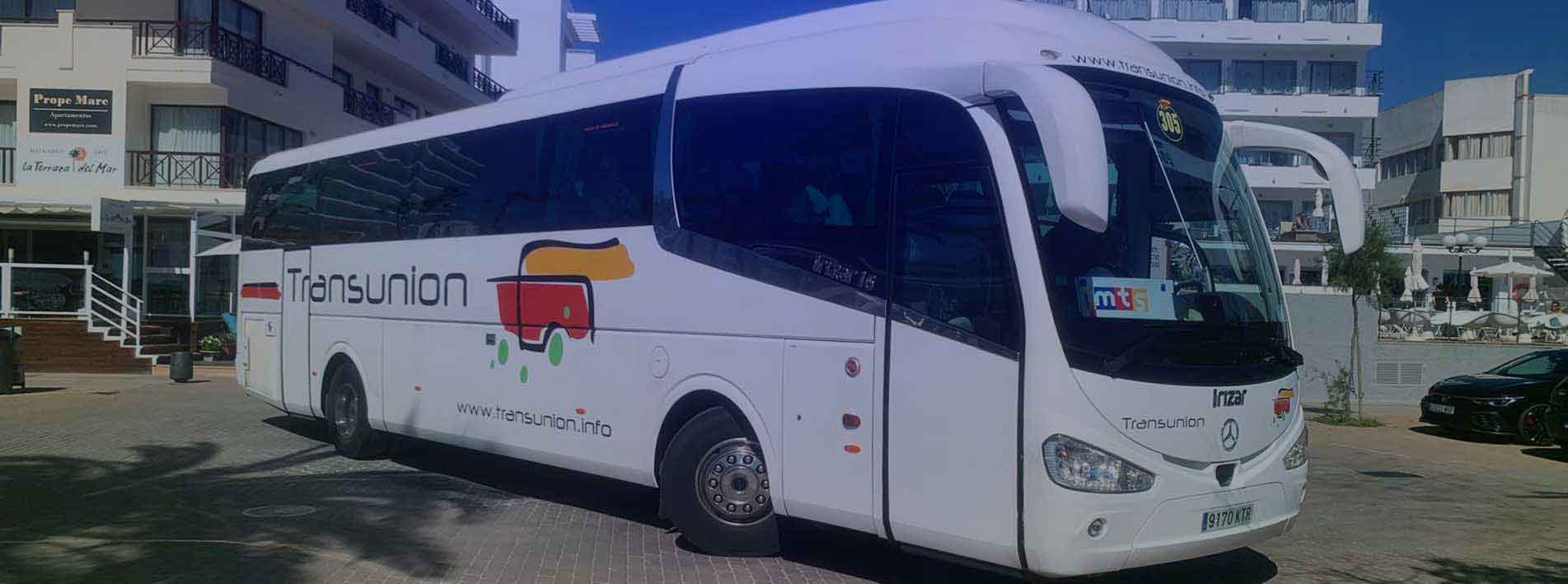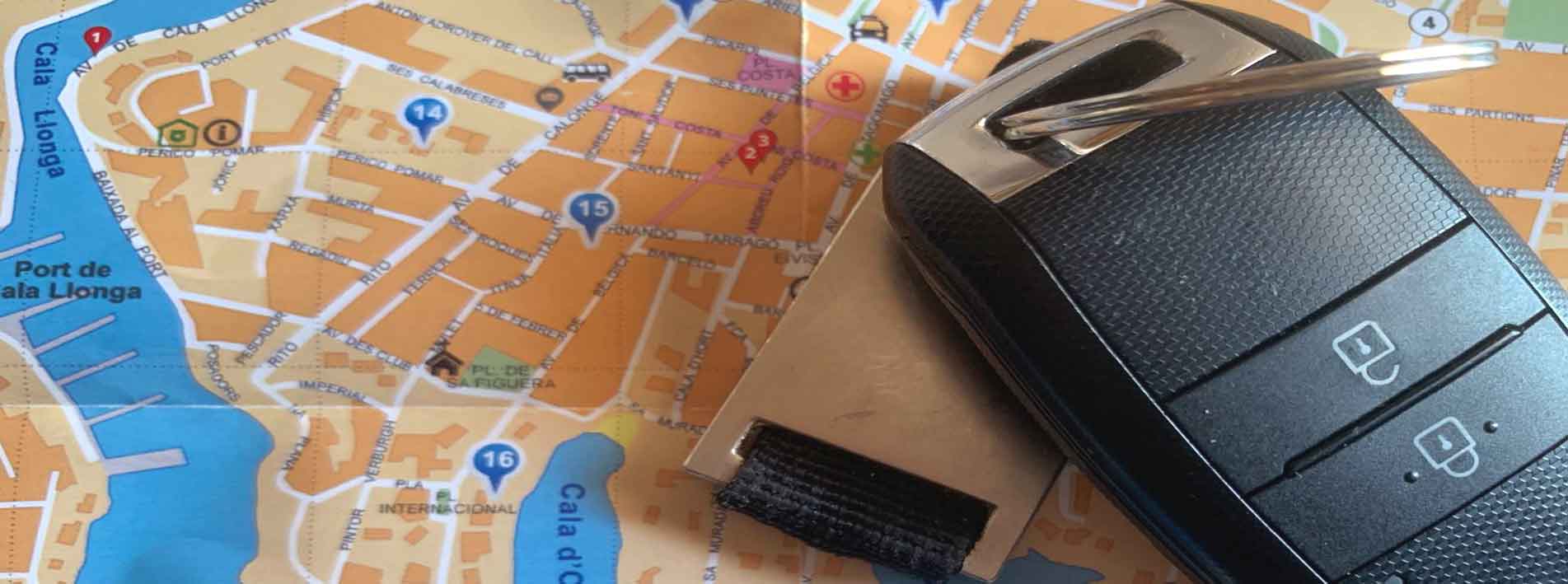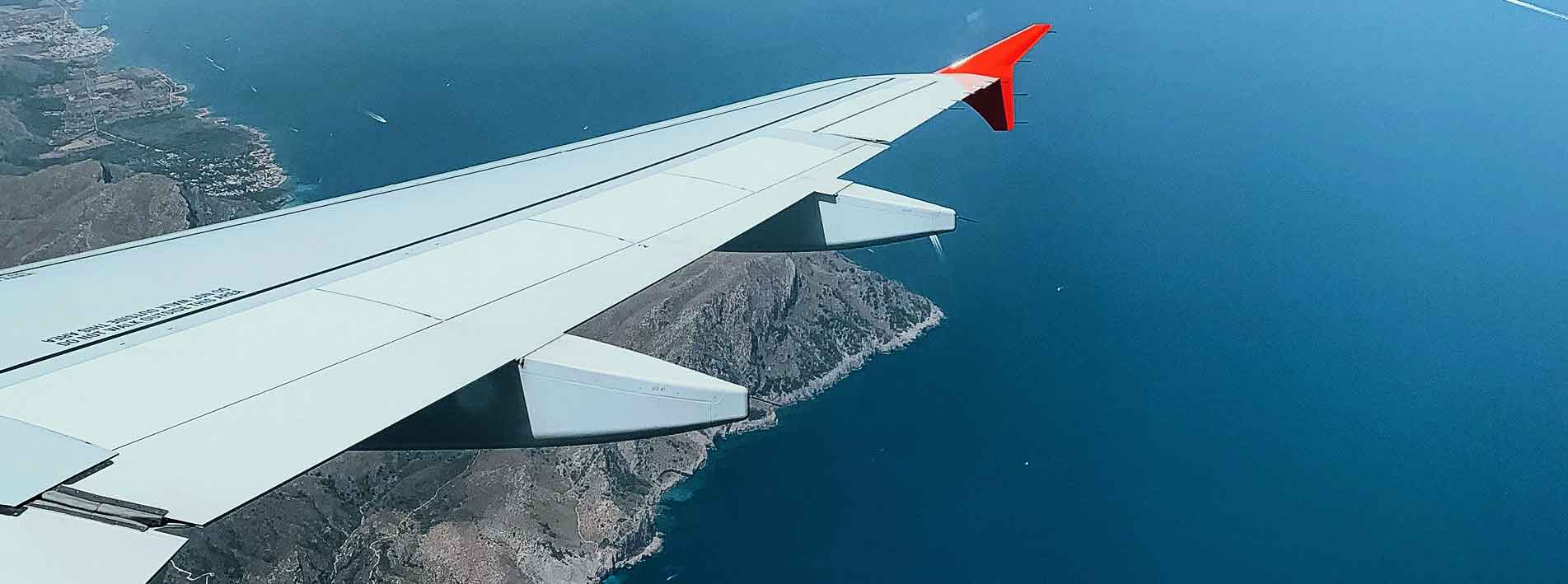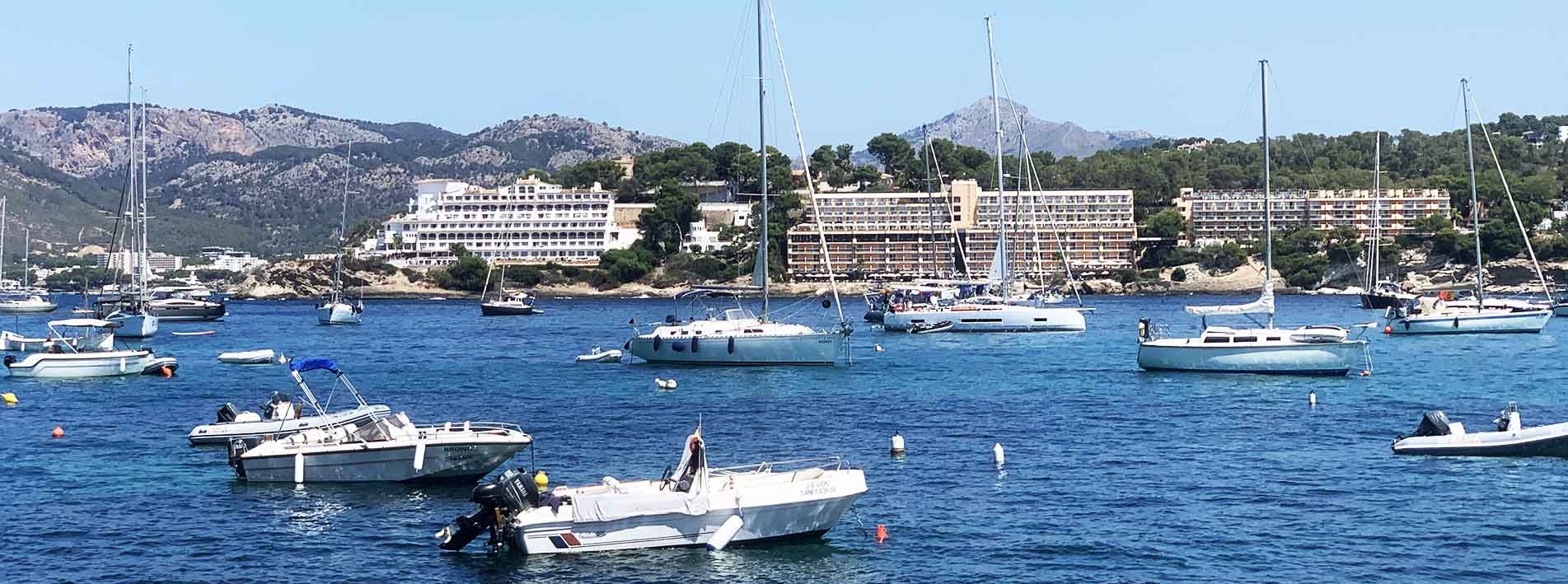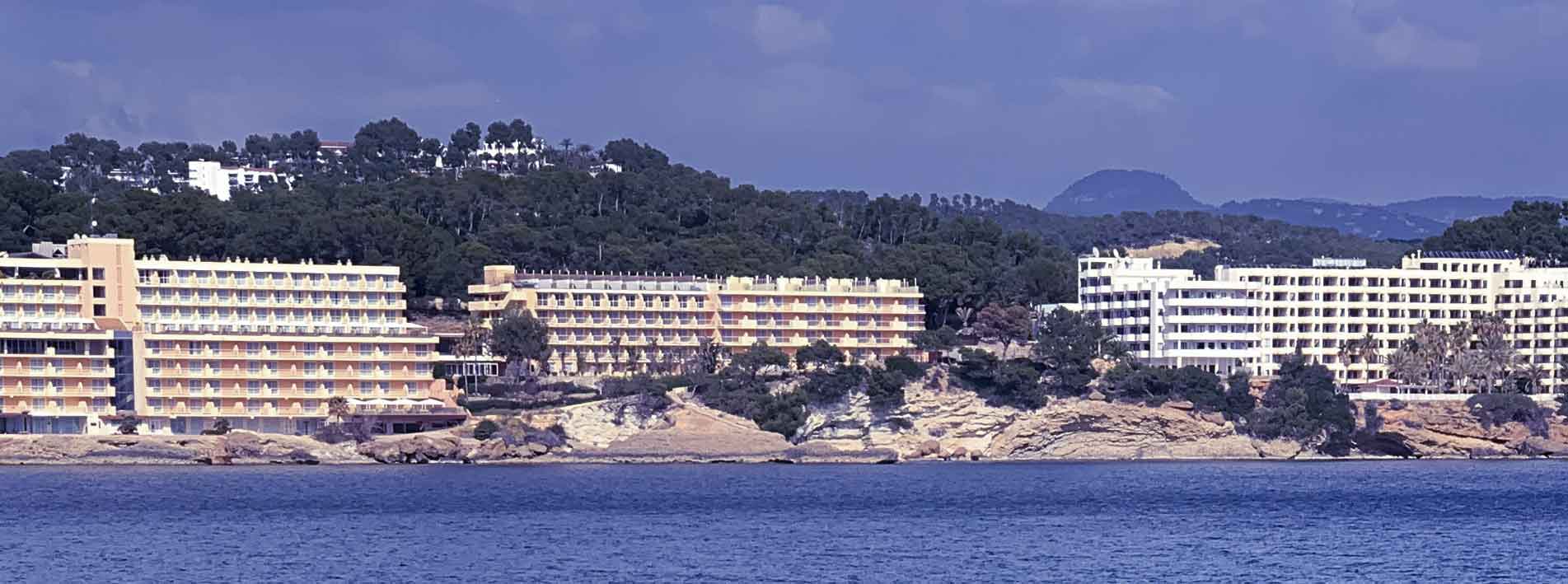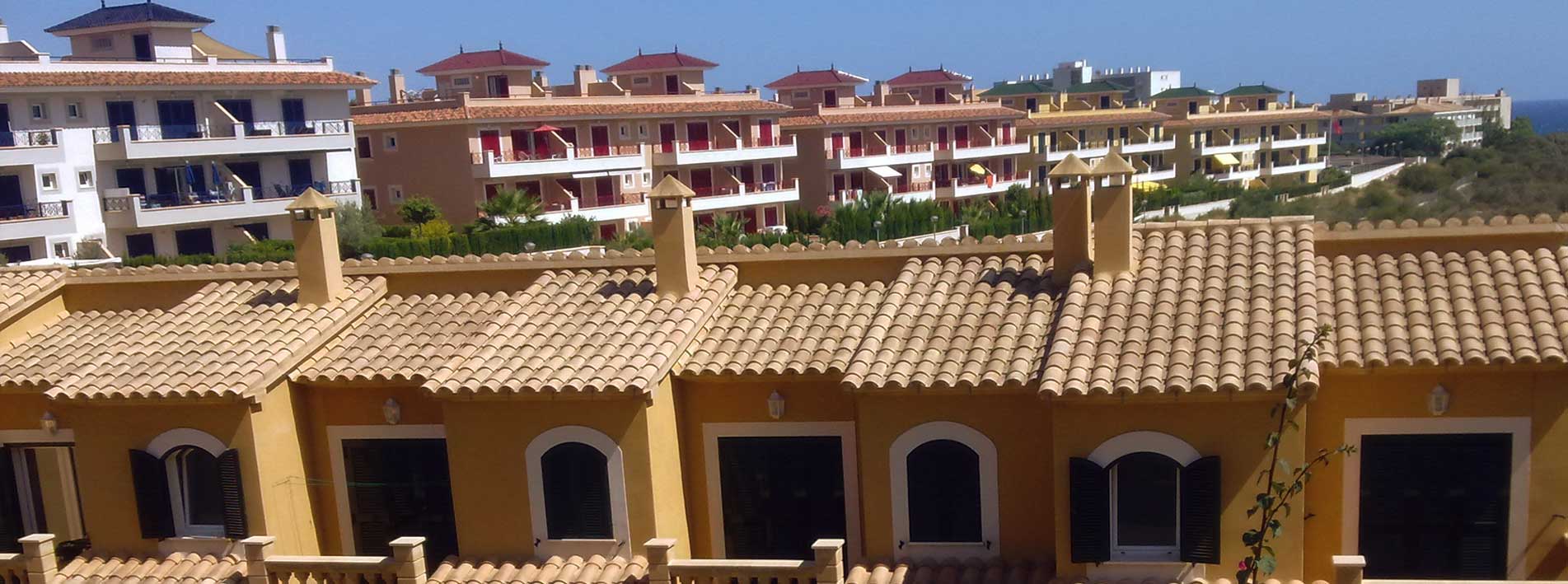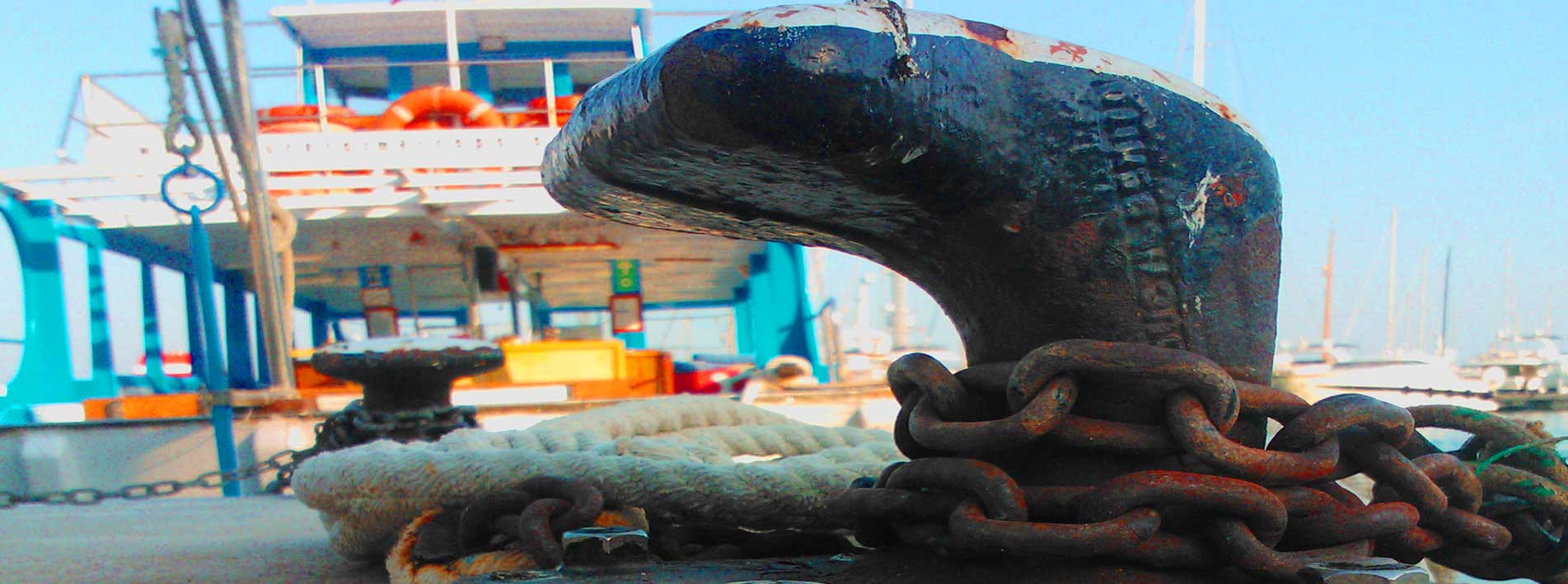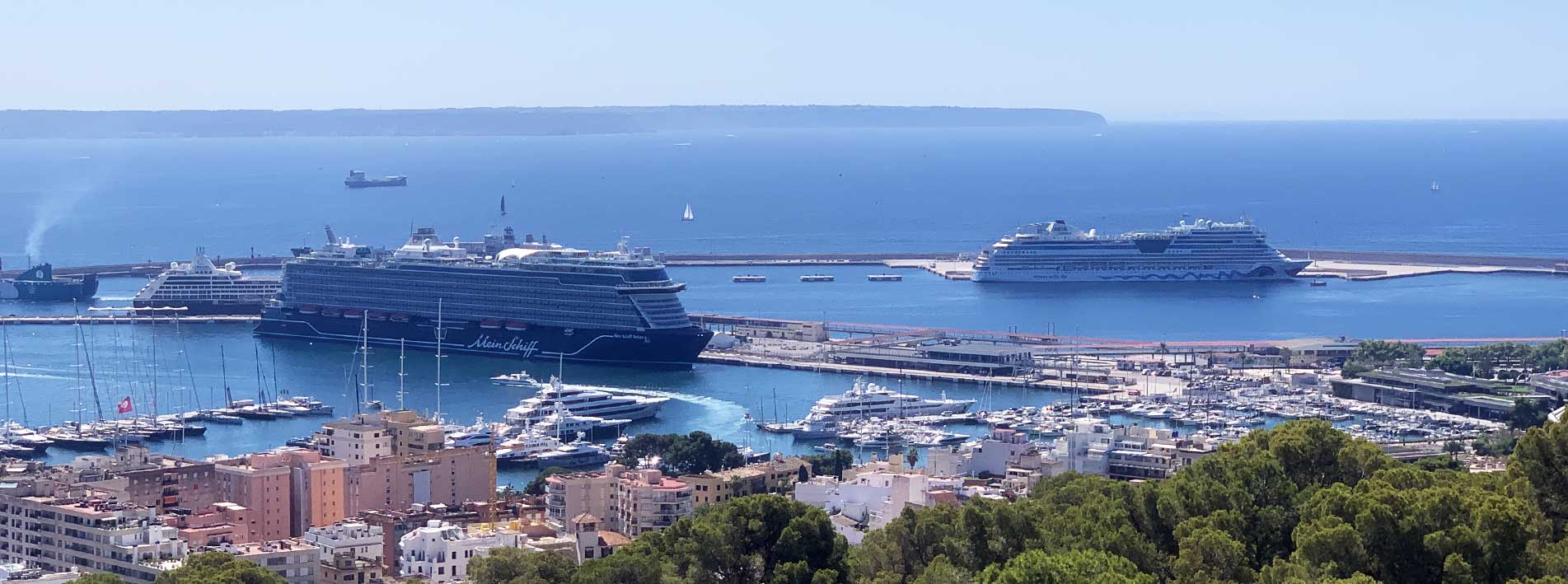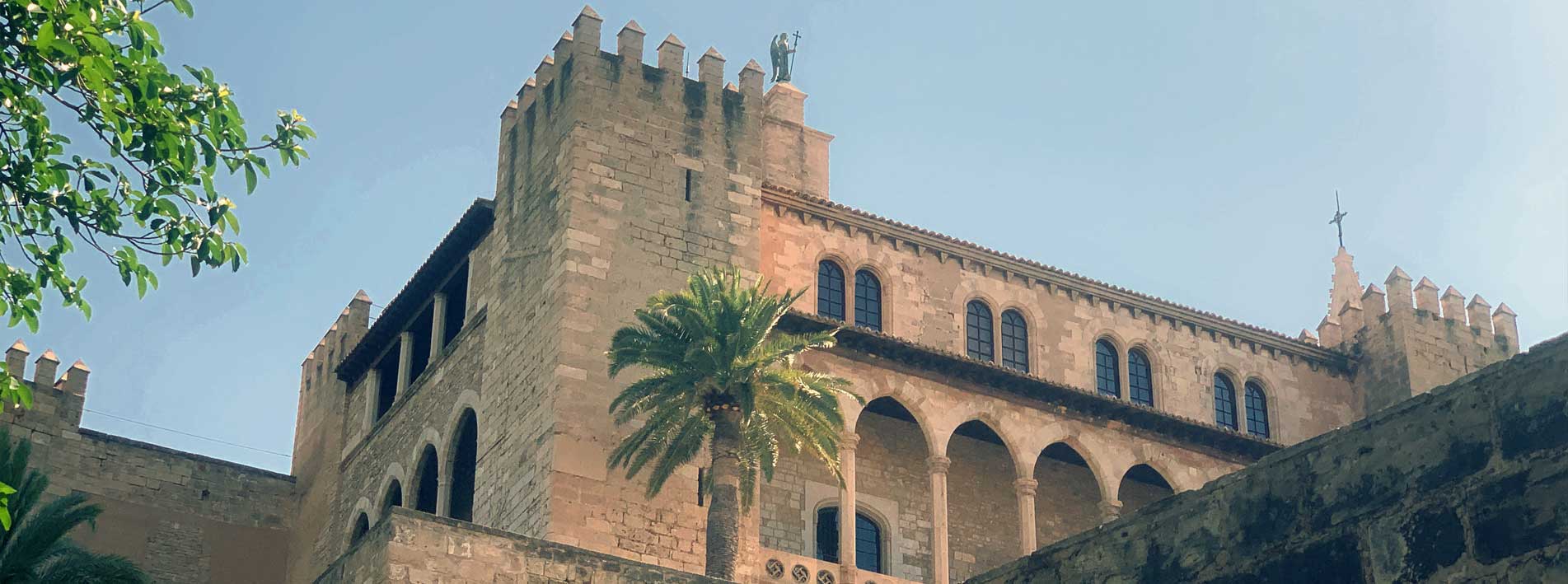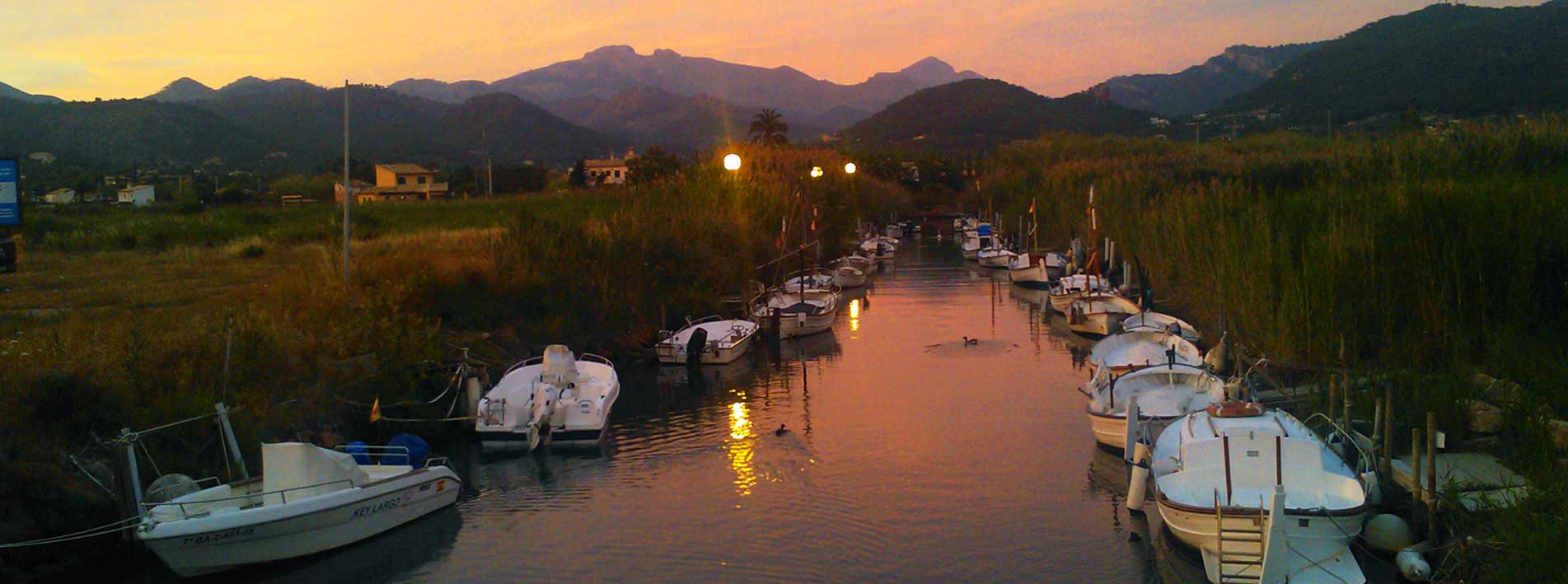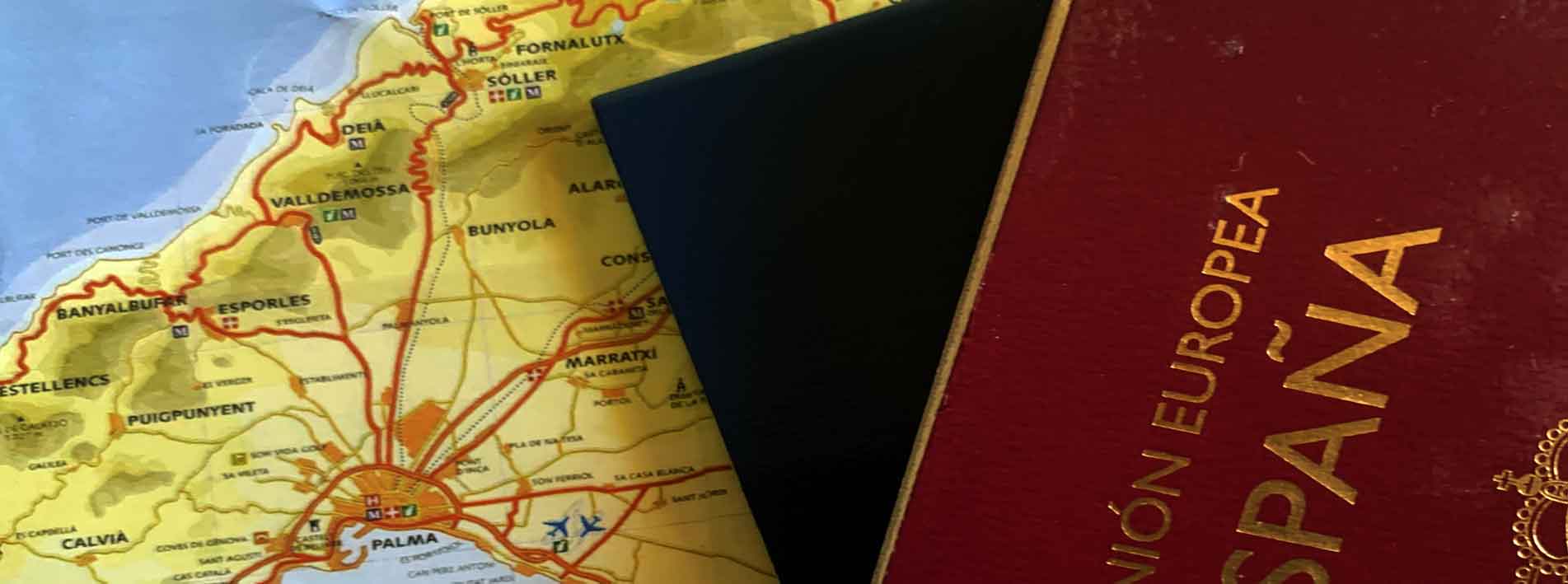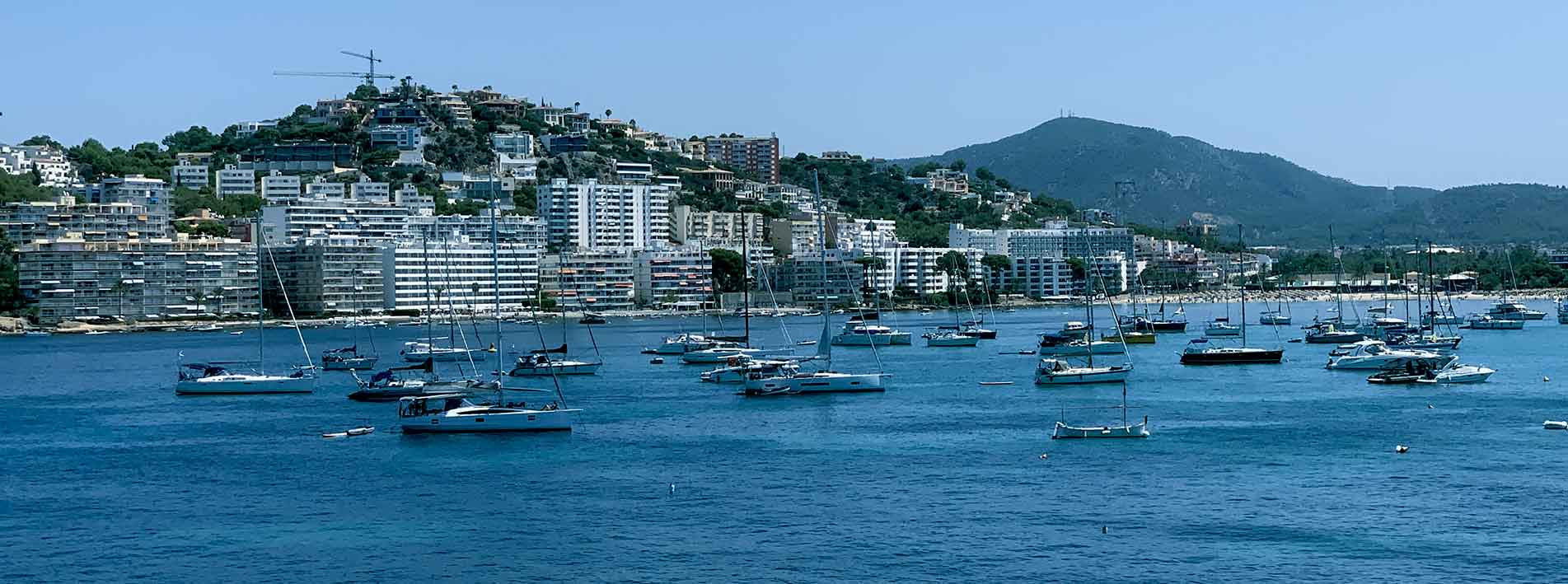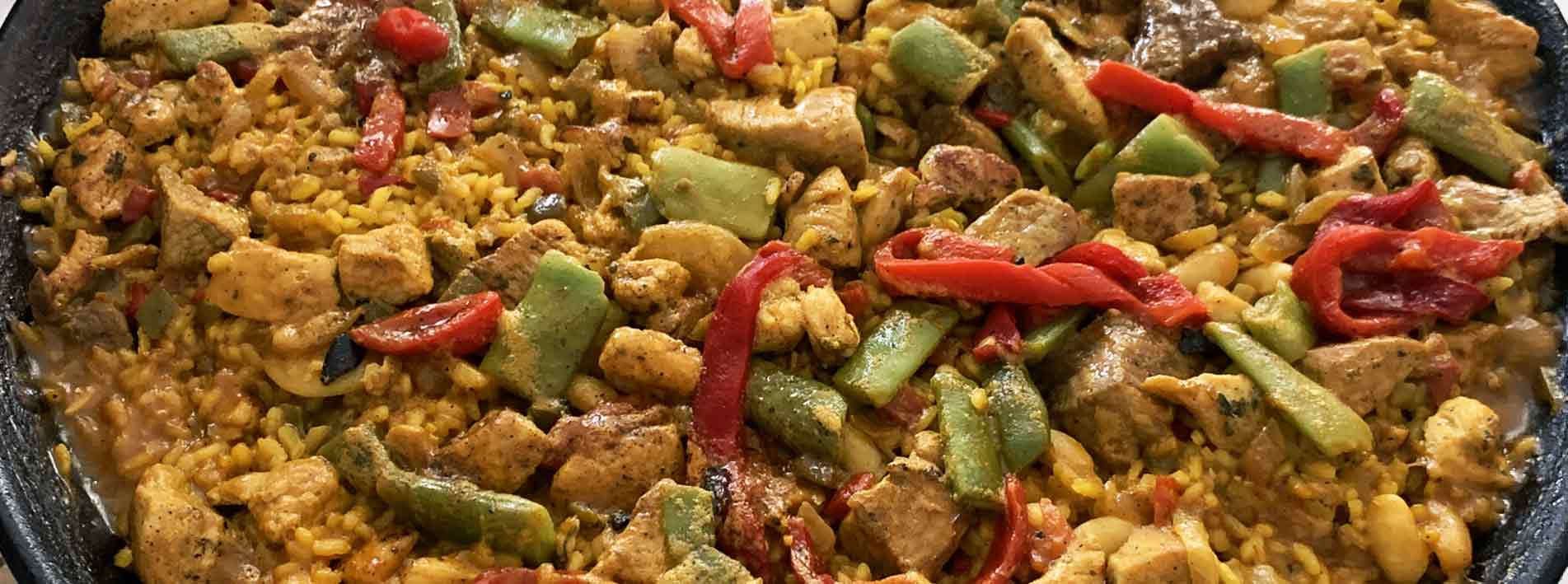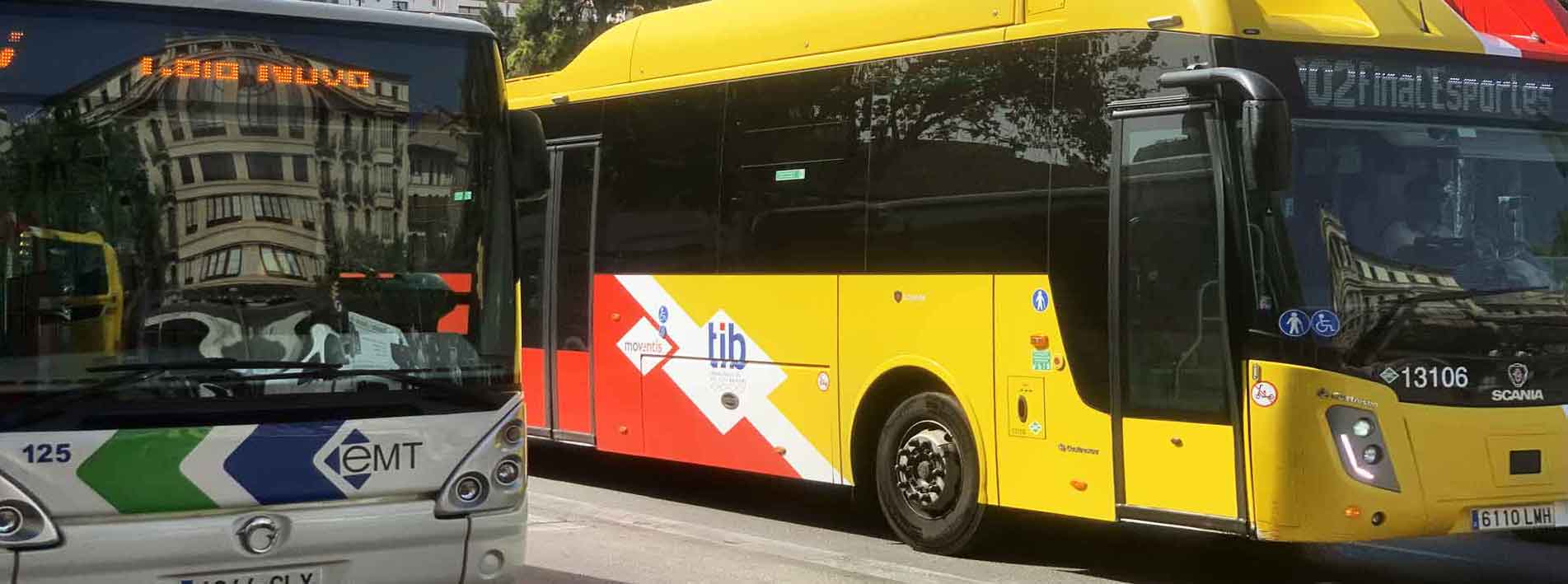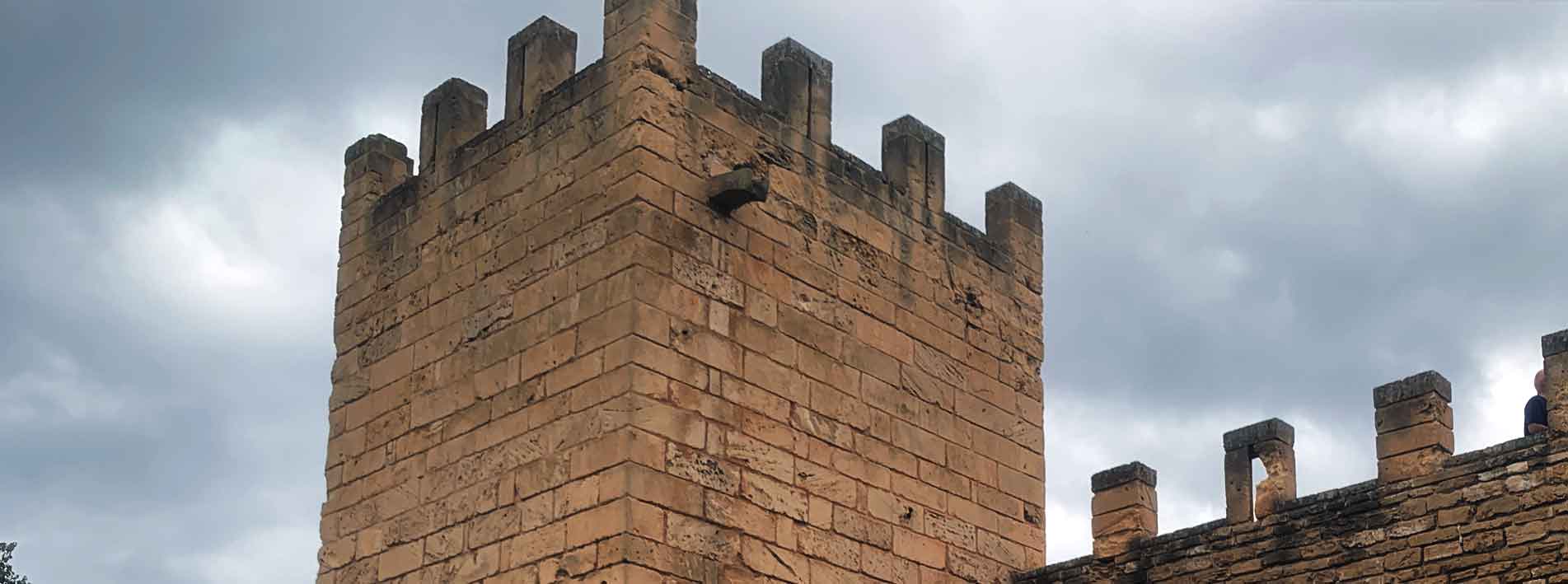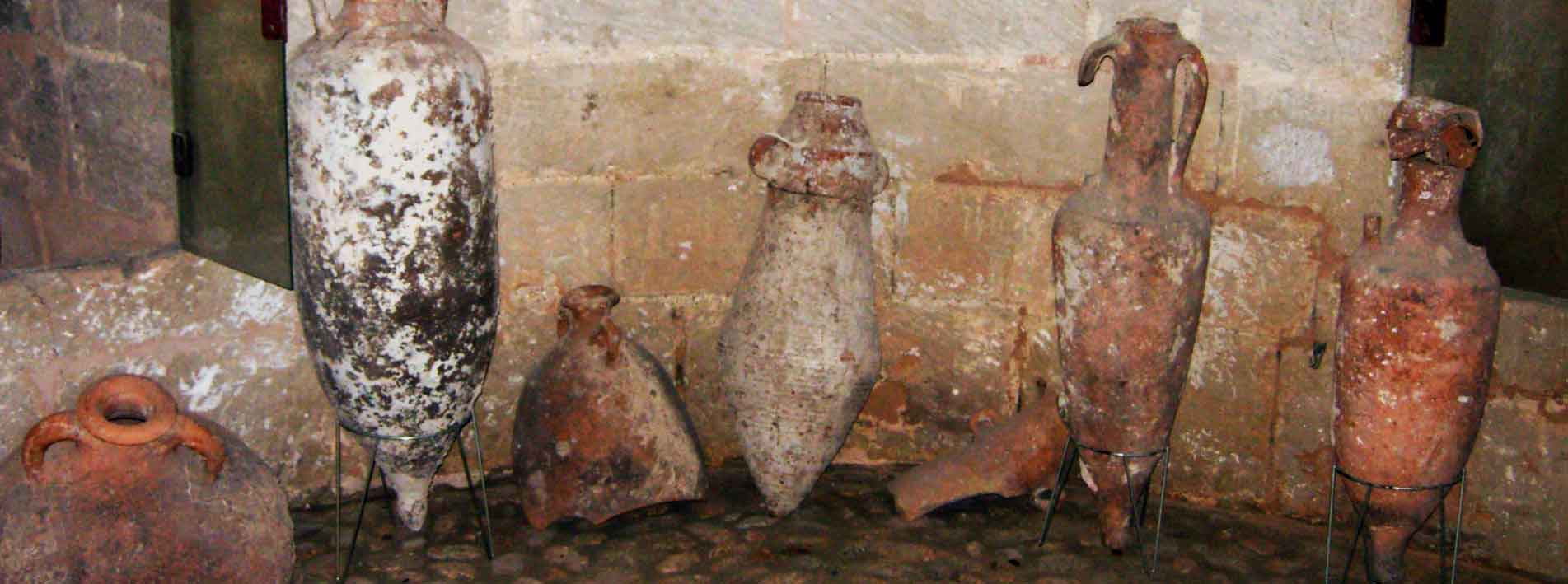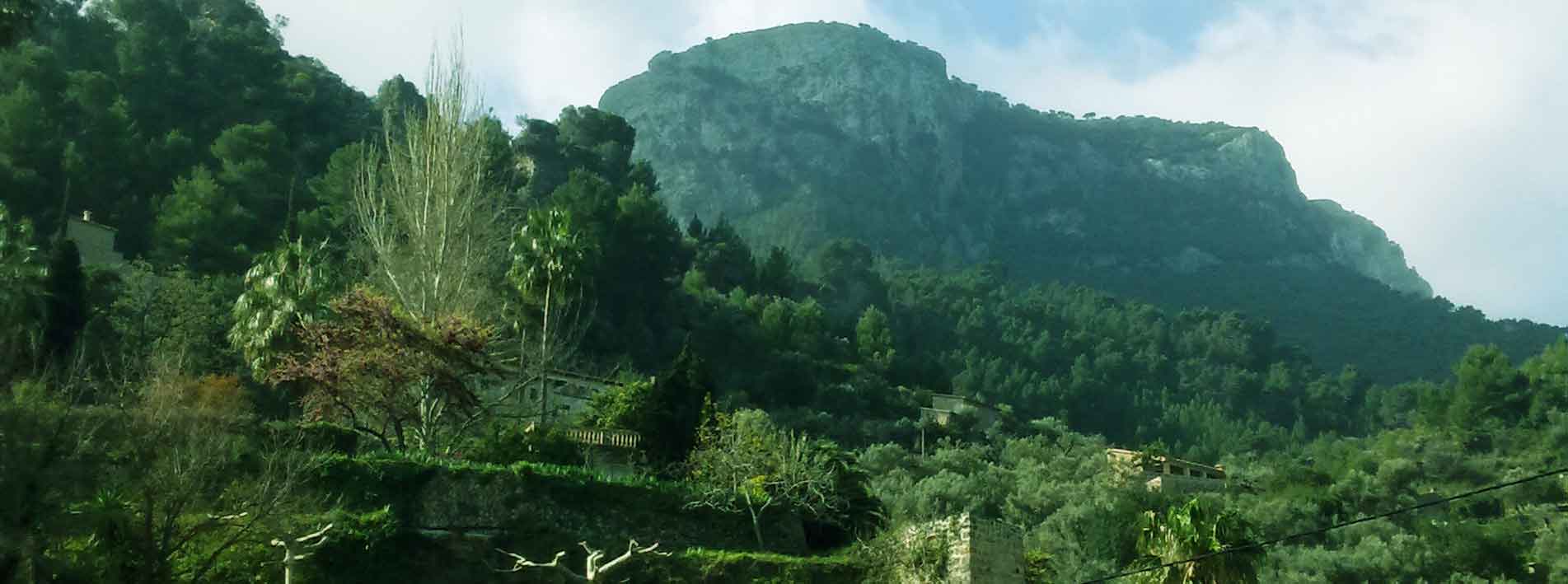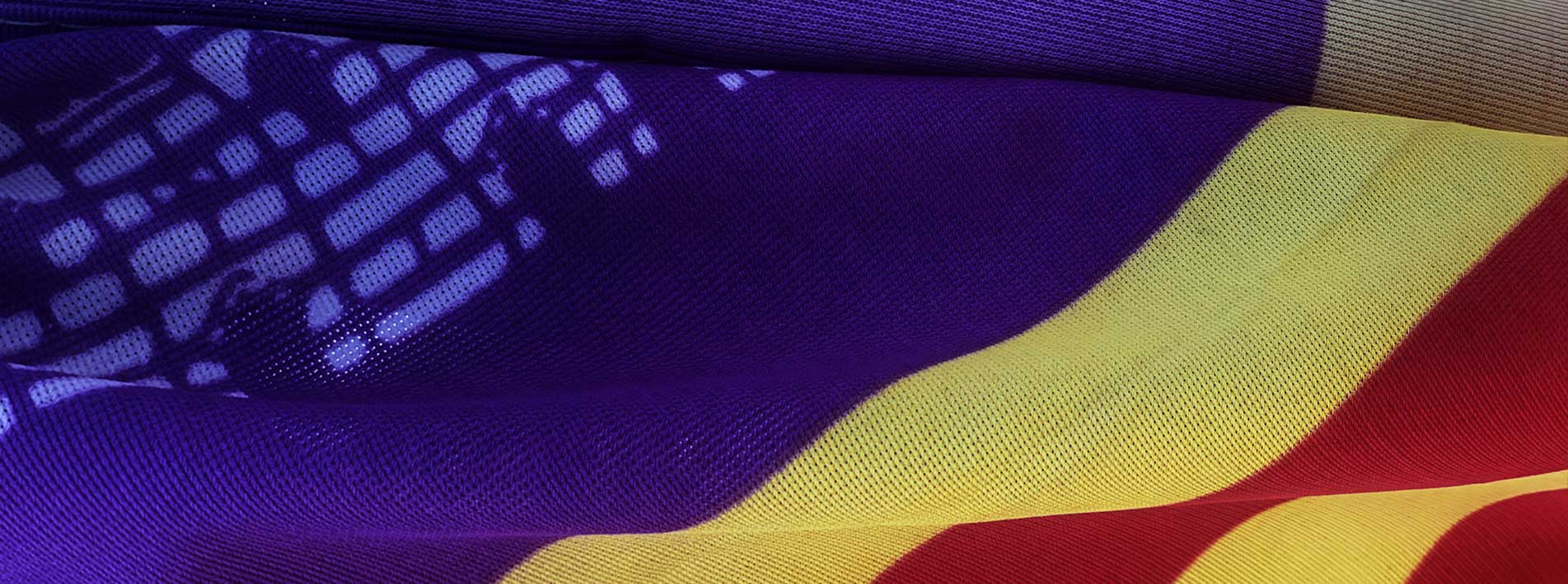Pa de Pagès or peasant bread typical of Mallorca
Pan payés, or peasant bread (Pa de Pagès, in Mallorcan), is a common addition to the tables all over the island. It is a type of rustic bread of Catalan origin, but popular throughout Spain. Whether you are a regular visitor or you are in Mallorca for the first time, you have probably already seen a round, golden-coloured bread with a rough crust, a compact crumb and a slightly sweet taste (because it does not include salt), but with a certain acidity… Well, that’s it!
Pa de pagès (peasant bread) is characterised by its thick, crunchy crust, its tender crumb with irregular pockets and its unique flavour. It is an essential food in traditional Mallorcan cuisine; in fact, it is the basic complement to the mythical pa amb oli (bread with oil) or pa amb tomàquet (bread with tomato), which are so popular in the villages of Mallorca.
Mallorcan gastronomic tradition
Pa de pagès (Mallorcan peasant bread) is part of a long-standing gastronomic tradition in Mallorca, the basis of which has been handed down orally from generation to generation until the present day, and there is no single written recipe. Its origins go back to the home baking of bread by peasants, which was then baked in communal ovens. This bread is characterised by its ability to keep fresh for several days, which makes it highly versatile.
Origin of Pa de Pagès or Pan Payés de Mallorca
The Pa de Pagès (payés bread) has its deep roots in the Catalan rural tradition, where it originated; there and later also in Mallorca (where it has adapted perfectly to local traditions and tastes) it was made by the peasants in order to have bread that could last for several days. At first it was made in communal ovens, where neighbours shared the responsibility for baking the bread, following the custom of home baking that was maintained in rural areas of Spain until the 1930s-1960s.
The communal ovens, maintained by the neighbours, were a space for social interaction and the place where the age-old ritual of kneading and baking the bread for the whole village took place, often in turns and several times a week.
Characteristics of Pa de Pagès or Mallorcan country bread
Shape: Round.
Crust: Thick, toasted and crunchy.
Crumb: Tender, spongy, with large, irregular honeycombs.
Fermentation: Long, which contributes to its flavour and texture.
Flavour: A characteristic flavour, with a certain acidity and toasted aroma.
Preservation: It can be kept fresh and retain its texture for several days.
Pan de Payés is usually a round loaf, making it easy to cut and eat in slices. It has always been characterised by its size and durability, which allowed it to be kept fresh for several days, avoiding the need to bake it daily. In Mallorca, “Pan de Payés” is made without salt, a tradition that dates back to the Middle Ages, when salt was taxed and its collection was very limited.
Production
It is completely handmade, following traditional recipes, from sourdough and a careful mixture of stone-ground wheat and rye flour, without salt, with manual marking and slow fermentation. It is made using a traditional kneading process and is preferably baked in a wood-fired oven, which gives it its characteristic flavour and aroma.
On the other hand, the natural fermentation process with the sourdough gives it a touch of acidity, which gives the bread an unmistakable characteristic touch.
Nutritional information
A portion of 100 grams of ‘Pa de Pagès’ contains approximately 1422 Kcal, 8 g of fat, 290 g of carbohydrates and 50 g of proteins.
“Pa de Pagès” or peasant bread, a symbol of identity
Pan de Payés continues to be a fundamental element of Mallorcan gastronomy, both in traditional bakeries and on the tables of almost every home. From a cultural point of view, Pan Payés represents that traditional link with the history and rural essence of Mallorca. In short, Mallorcan Pan Payés is much more than just a simple foodstuff: it is a symbol of the history, tradition and typical gastronomy of the island.
Where can we find peasant bread (pan payés)?
In Mallorca, pan payés is usually found in varieties such as white, brown and sometimes wholemeal. Many bakeries also offer sourdough bread, chapatas and focaccias, as well as other typical specialities such as ensaimadas, panades and cocarrois.
By the way, are you coming to Mallorca on a holiday trip? If you find it helpful, you can also consult our travel guide to Mallorca and more tourist information about the island.






